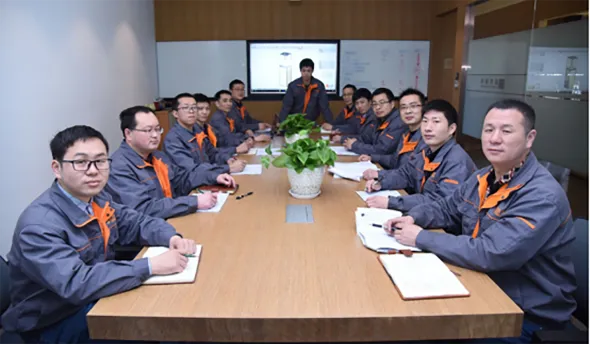moving heavy machinery
Moving heavy machinery is a critical task in various industries, including construction, mining, and manufacturing. Whether relocating equipment from one job site to another or transporting it for maintenance, the safe and efficient handling of heavy machinery is vital to ensure both productivity and worker safety.
Firstly, it is essential to understand the specific requirements of the machinery being moved. Heavy equipment, such as excavators, bulldozers, and cranes, can weigh several tons and often require specialized transport vehicles. Before any movement occurs, one must assess the dimensions, weight, and any unique characteristics of the machinery. This assessment is vital for selecting the appropriate transport method and ensuring compliance with local regulations regarding oversized loads.
Once the equipment is evaluated, the next step is to prepare it for transportation. This preparation may involve securing any loose parts, disconnecting hydraulic lines, and ensuring that all moving components are properly stowed. Properly preparing the machinery not only protects the equipment from damage during transit but also mitigates safety risks for workers handling the loading and unloading processes.
When it comes to the actual transportation, utilizing the right equipment is crucial. Lowboy trailers or flatbeds are commonly used for hauling heavy machinery, as they are designed to handle large weights and provide a stable platform. Drivers should be experienced in handling oversized loads and familiar with the route, as navigating tight spaces or low-clearance areas poses significant challenges.
moving heavy machinery

Moreover, safety protocols must always be a priority throughout the moving process. Team members should be trained in proper rigging techniques and use effective communication methods, such as hand signals or two-way radios, to coordinate movements efficiently. Additionally, using spotters during loading and unloading can help prevent accidents.
Finally, upon arrival at the new location, careful unloading is as vital as the loading process. Heavy machinery should be unloaded gradually and cautiously, ensuring that the ground is stable and capable of supporting the equipment. Once the machinery is set in place, it should be inspected to confirm that it hasn’t sustained any damage during transport.
In conclusion, moving heavy machinery involves careful planning, preparation, and execution. By following established safety protocols and using the right equipment, industries can ensure that their heavy machinery is moved efficiently and safely, minimizing downtime and enhancing productivity on job sites. With the right approach, even the most challenging moves can be executed smoothly, allowing businesses to focus on their core operations.
-
Dawei Hand Pallet Truck 1200mm, 2000–5000 KGS Heavy-DutyNewsNov.17,2025
-
Dawei Hand Pallet Truck, Fork Length 1200mm, 2000–5000kgNewsNov.17,2025
-
Large Equipment Movers – Safe, Insured & On-Time ServiceNewsNov.17,2025
-
Machine Moving Dollies | Heavy-Duty, Low-Profile, SafeNewsNov.17,2025
-
Permanent Lifting Magnet - Heavy-Duty, Safe, Quick ReleaseNewsNov.11,2025
-
PML 1000 Lifting Magnet - Heavy-Duty, Safe, No PowerNewsNov.11,2025
-
Large Equipment Movers: Safe, Fast, Certified ProsNewsNov.11,2025
